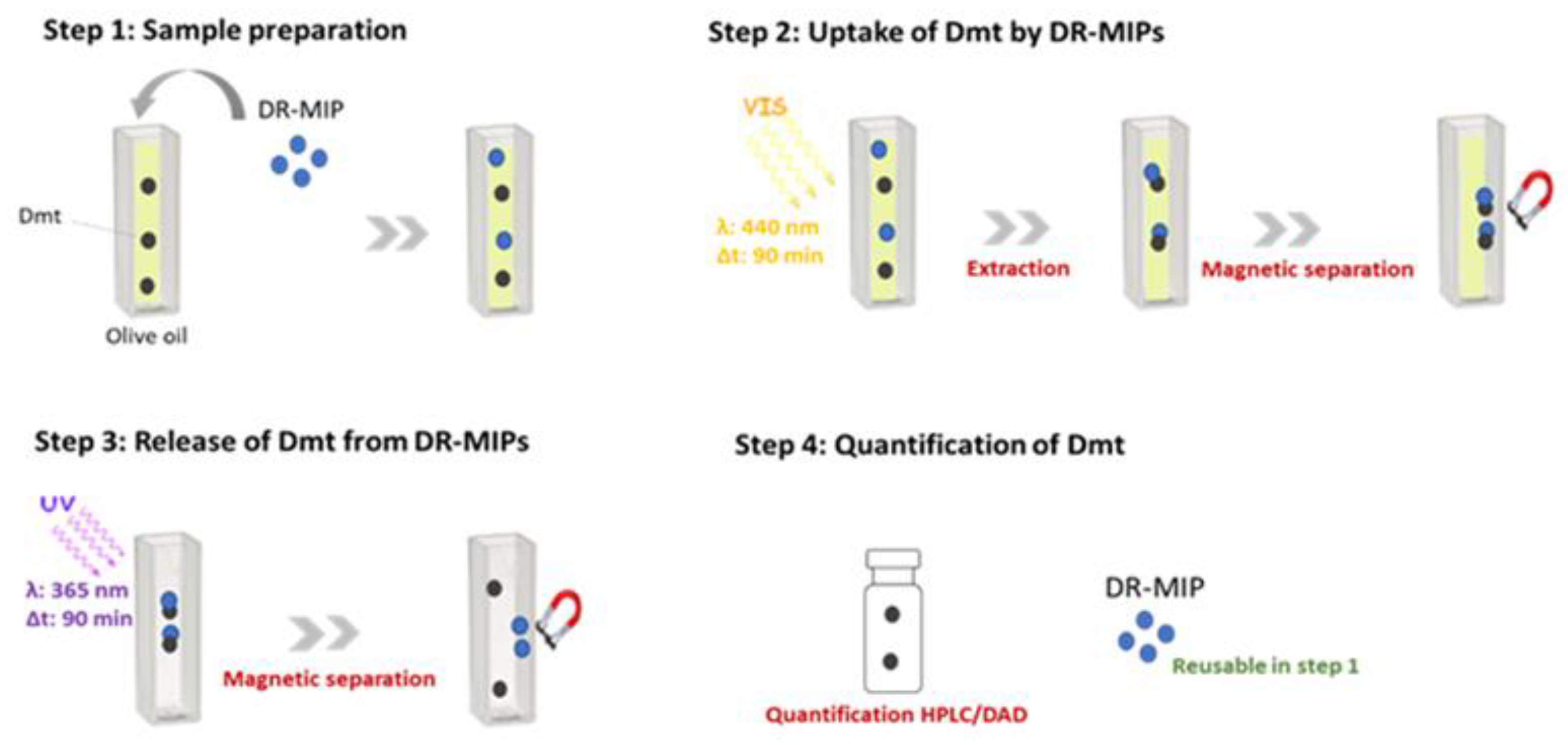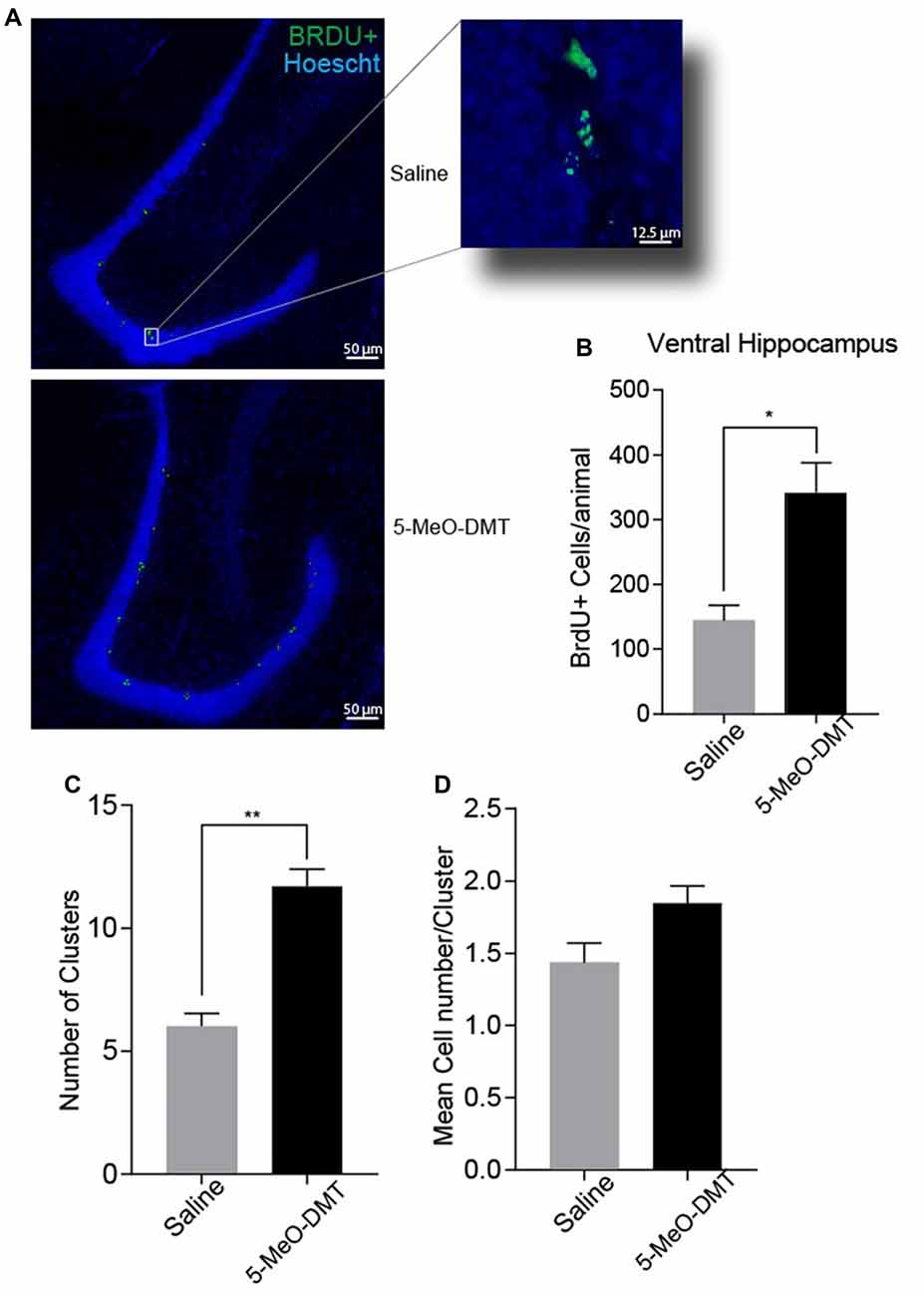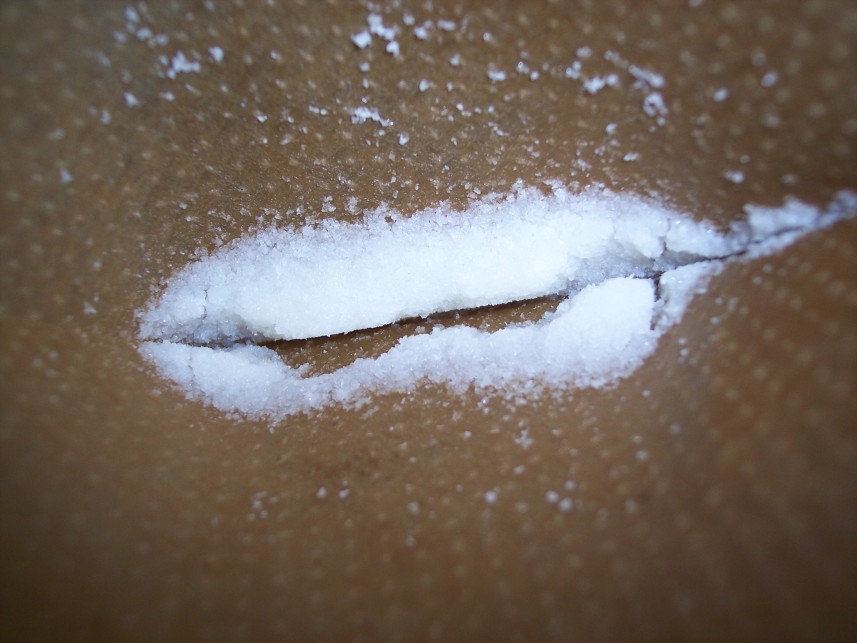

Observe the magnesium sulfate at the bottom of the can.Shake vigorously for an extended amount of time.Pour anhydrous magnesium sulfate directly into the can of acetone.This can also be done on the stove top/oven ring, however it should be noted that as the Epsom Salt releases water it will stick to the inside of your pot but as it reaches complete dehydration and becomes grey and ash like it will unstick and become a powder. If it becomes hydrated again, the process can be repeated.Place your now anhydrous magnesium sulfate into a storage container and store away from moisture.Place in the oven on 400☏ for about one hour, or until the salt becomes gray and ash-like.Spread Epsom Salt (Hydrated Magnesium Sulfate) on an aluminum foil covered pan.Material Preparation Rendering Anhydrous Magnesium Sulfate Certain materials must be rendered anhydrous prior to use. The process does not make use of separatory methods, and instead is characterized by it's use of dry-washing, decanting and non-intensive filtering methods. With few exceptions, the source material should be completely pulverized to a powder consistency before use, as this technique's choice of reagents are not quite capable of penetrating cell structure.Įxtractions by dry techniques are characterized by the lack of a traditional aqueous phase in the extraction process, and instead, opting for basification within a paste which is followed by chemically drying the paste with desiccant.



They are most effectively applied to powdered botanical material. The materials required are generally of a more household nature. The use of dry techniques requires fewer and less toxic materials than the techniques that employ aqueous phases and separatory methods. Acetone is generally favored for its ability to extract a notably broad range of active products. This technique is still experimental and may result in variable success if used with MHRB.ĭry techniques (drytek) evolved from and are ideally intended for the implementation of the FASA method of crystallization and serve as the only techniques able to implement acetone as an extraction solvent. 1.4 Further Elaboration and Technical Support.


 0 kommentar(er)
0 kommentar(er)
